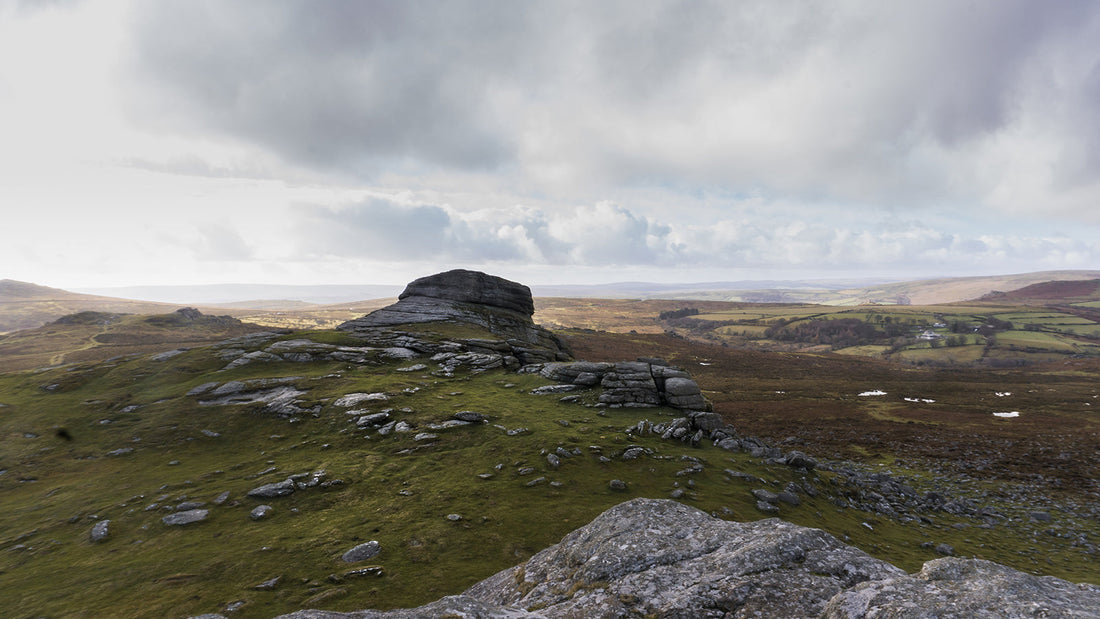There are many areas that you can wild camp in the UK, but none are perhaps as accessible and inviting as Dartmoor. Dartmoor is known as a popular place for wild camping, and indeed it is encouraged as you will see below. The immense craggy moorlands truly give you a feeling of wilderness, and wild camping in Dartmoor is sure to give you a memorable experience.
In this guide, we look at wild camping in Dartmoor and what you can expect. This includes a brief history of the region, where you can camp, what to pack, and what you can do in this rugged part of Devon – enjoy!

About Dartmoor – An ancient granite moorland
First, let’s take a look at Dartmoor. This is an upland area that is located in the southern region of Devon. Much of Dartmoor is the remains of granite deposits that date back to the Carboniferous period.
Over the years, the landscape has been reshaped and there are now many granite tors that are exposed. These make fantastic landmarks when walking. Aside from the tors, Dartmoor also has a wealth of points of archaeological interest.
Since 1951, this area of Devon is protected and a UK National Park. It was one of the first four National Parks to be established together with the Lake District, Peak District, and Snowdonia. In total, Dartmoor National Park covers an area of 956 square/km.
Three major roads pass to the south and north of Dartmoor and help define its boundaries – the A30, the A386, and the A38. You can also drive through the National Park, although large areas of it are only accessible on foot.
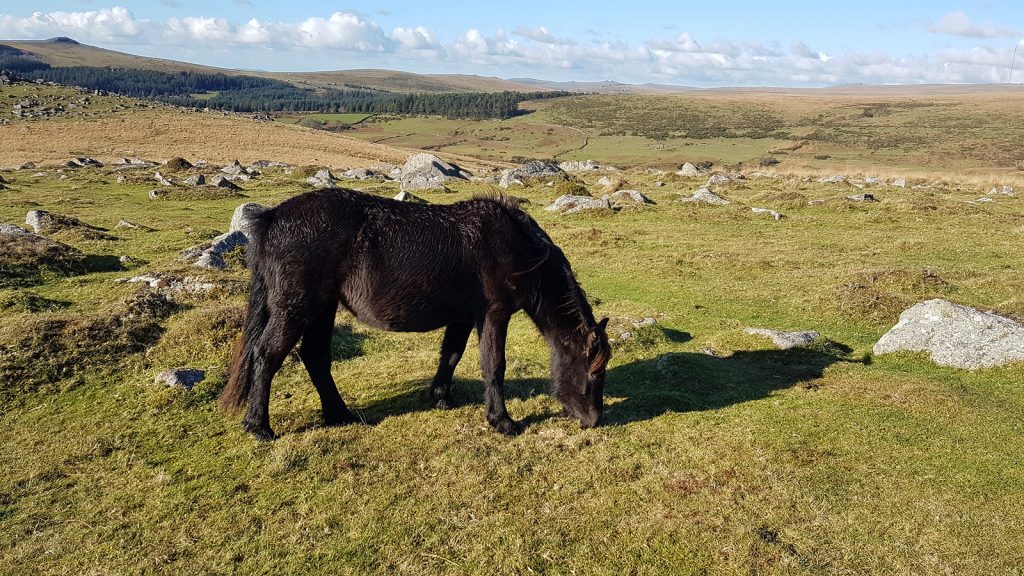
Wild Camping in Dartmoor – The Essentials
Dartmoor is one of the best places to wild camp in the UK. This is because it is allowed and encouraged; providing that you adhere to guidelines and camp in the permitted areas. Aside from this, the wild and open landscape will also give you an enthralling and memorable camping experience.
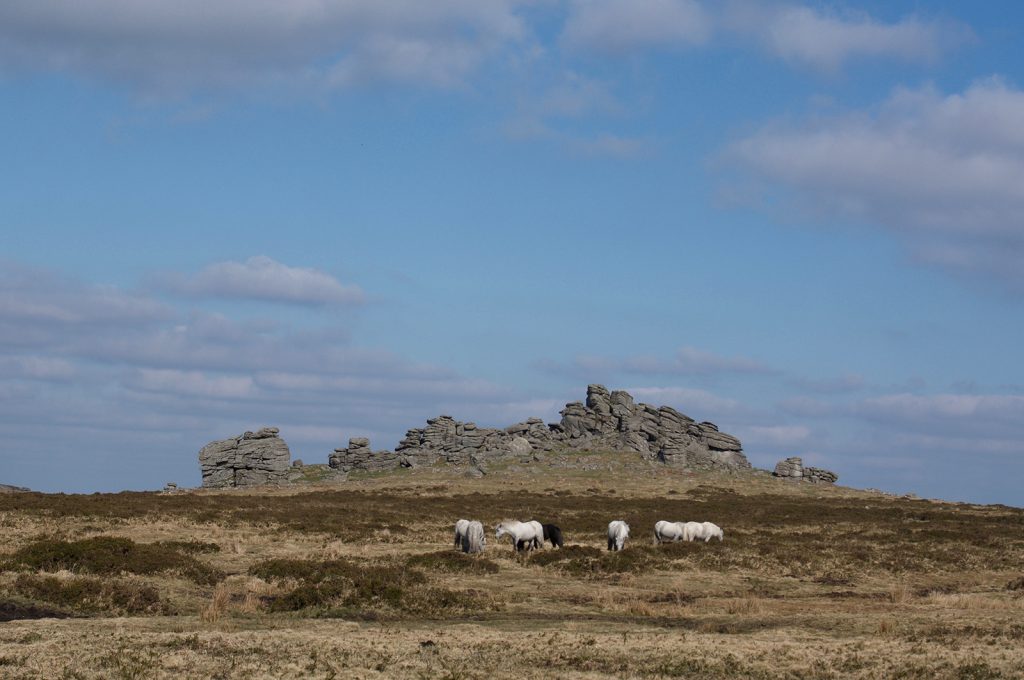
Wild Camping in Dartmoor – The Map
Wild camping in Dartmoor is permitted. However, you cannot simply camp anywhere you please. This contrasts with most of the UK, as generally, wild camping is illegal without the landowners’ permission.
In Dartmoor, there is a specific wild camping map that shows the exact regions that you can camp legally. Don’t worry – the areas you are allowed to camp are vast and cover approximately half of the park. The main areas to stay away from are near towns, and near roads.
The Dartmoor camping map is an essential tool for you to use for your camping trip. Using this interactive map, you can effectively plan your trip and plan exactly where you will pitch overnight.

Guidelines for Responsible Wild Camping in Dartmoor
Aside from sticking to the wild camping map, there are also a host of guidelines you should adhere to when wild camping in Dartmoor. Most of these are common sense and are considered to be wild camping etiquette. However, there are some other rules too involving the use of vehicles etc.
- No overnight stays in vehicles (including motorhomes and campervans).
- No group camping or large tents.
- Leave no trace of your campsite.
- Remove all rubbish.
- No open fires or BBQs.
- Avoid disturbing wildlife.
- Don’t pollute any natural water sources such as streams and rivers.
As you can see, the guidelines should be easy to follow. If you have camped before, you should already known these simple etiquette guidelines, and how to wild camp responsibly. We also advise reading the Dartmoor Ranger Code. This is a simple code that includes things like keeping your dog on their lead and refraining from feeding any wild horses and ponies.
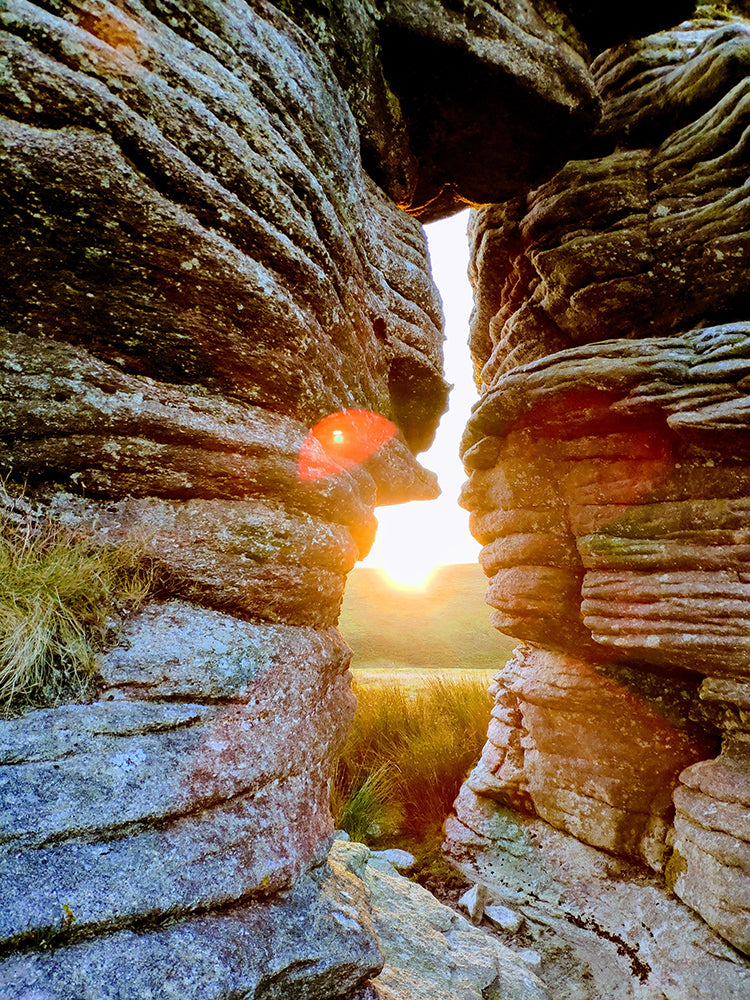
Equipment list and clothing
Dartmoor is known for having changeable weather, and the conditions within this region can be difficult. Also, it is generally colder here than in many parts of England, particularly at night. There are also many boggy areas and Dartmoor is generally quite wet – including the ground. As a result, waterproof clothing and equipment are essential.
Wild Camping Equipment
- Waterproof wild camping tent.
- Waterproof tarp.
- Warm sleeping bag.
- Waterproof sleeping mat.
- Small cooking stove.
- Water filter.
- Cooking utensils.
- Torch and spare batteries.
- First aid kit.
Clothing
- Waterproof trousers.
- Waterproof jacket.
- Hiking boots.
- Base layer clothing.
- Warm hat and gloves.
For wild camping equipment, the key is waterproofing. The ground is often damp in Dartmoor. Therefore, waterproof equipment is important so you can be comfortable and dry in your tent. Also, remember that open fires are not allowed. As a result, you need some type of portable stove if you wish to cook hot meals and drinks.
For clothing, the key is again waterproofing, but also to have multiple layers. If you have multiple layers, you can always adjust your clothing if the weather changes. A good set of waterproofs (trousers and jacket) are ideal to have. You also want a sturdy pair of hiking boots to tackle the often marshy and boggy landscape.

What to do and see during your Wild Camping Adventure in Dartmoor
Now that you have a firm understand of wild camping in Dartmoor, what can you actually see and do in this region? For the most part, Dartmoor is just a brilliant place for walking and long treks. There are vast areas of wild moorland and open countryside waiting to be explored.
Dotted around Dartmoor you can also find a large number of tors – rocky remnants of the granite deposits from ages past. These make fantastic milestones to head for, and you could easily base your wild camping adventure around these landmarks. Alternatively, we have also listing five interesting and unique things you can do and see in Dartmoor below:
1. Walk to the National Park Visitors Centre and Hay Tor
No wild camping adventure in Dartmoor would be complete without a visit to Hay Tor. This is possibly the most iconic granite tor in Dartmoor, and the largest. It stands out from the surrounding scenery and can be seen for miles.
This tor is also accessible and the National Park visitors centre is located here. As a result, Hay Tor offers a great way to learn more about Dartmoor and see the epic granite rock formations.
This area also has some other cool sites such as the deserted medieval village at Hound Tor, Hound Tor Rocks, and the Hay Tor quarry.

2. Walk or cycle along the Granite Way
If you want to enjoy a long-distance walk or cycle, the Granite Way is a brilliant trail to enjoy. This is an official trail that stretches for 11 miles. It starts at the northern town of Okehampton and ends at the smaller town of Lydford.
It is also part of the larger National Cycle Network Route 27. You can find more details about this route here. Along the way, you will pass some other sites of interest including Okehampton Castle, Meldon Viaduct, and Lydford Gorge.
As this trail is on the northern edge of Dartmoor, it could be an ideal undertaking before you delve deeper into the moors.
3. Visit the iconic Buckfast Abbey
If you enjoy historical architecture and want to visit a charming town during your wild camping adventure, look no further than Buckfast Abbey. This abbey is located in Buckfast which is a small village on the south-eastern edge of Dartmoor, close to the A38.
The abbey is spectacular and is in a fantastic state. There has been some form of a monastery or religious building on this site since 1018. However, the current building was established and built by French Benedictine Monks in 1882.
The interior, exterior, and grounds of the abbey are fantastic, as is the charming village of Buckfast which is located right on the River Dart.
4. See the epic rocks of Combestone Tor
Choosing a singular tor to visit in Dartmoor is incredibly difficult. There are so many to choose from! However, one that is relatively accessible is Combestone Tor. This granite tor is located in the central part of Dartmoor, not far from the River Dart, and the villages of Hexworthy and Dartmeet.
It is also incredibly close to a road and has a dedicated car park. The car park postcode is PL20 6SE. The rocky outcrop looks fantastic and from this viewpoint, you have sweeping views of Dartmoor, including the River Dart.
The car park at Combestone Tor is also a good starting point for longer walks in this area of Dartmoor. For example, from here, there is a trail that leads in a southern direction and leads to Ryder’s Hill.
5. Visit the ruins of Okehampton Castle
Dartmoor does not have a huge range of castles, but one of the best known is Okehampton Castle. This is a motte and bailey castle that would have been built in 1068. At the time, the castle was used as a revolt against Norman Rule until the 13th century.
Today, it is mainly ruined but you can still clearly see the different features of the castle including the original keep. It is a striking design as the keep sits on a large earth mound and is surrounded by a host of walls and outer buildings.
This is an interesting place to visit, and the views from the castle of the surrounding landscapes are also beautiful.
For Your Next Wild Camping Adventure, Visit Dartmoor National Park!
We hope you now have a great idea of what to expect from wild camping in Dartmoor. The accessibility of this National Park and the acceptance of wild camping make it a brilliant location. Providing that you adhere to the guidelines, and pack accordingly, you will have an amazing time.
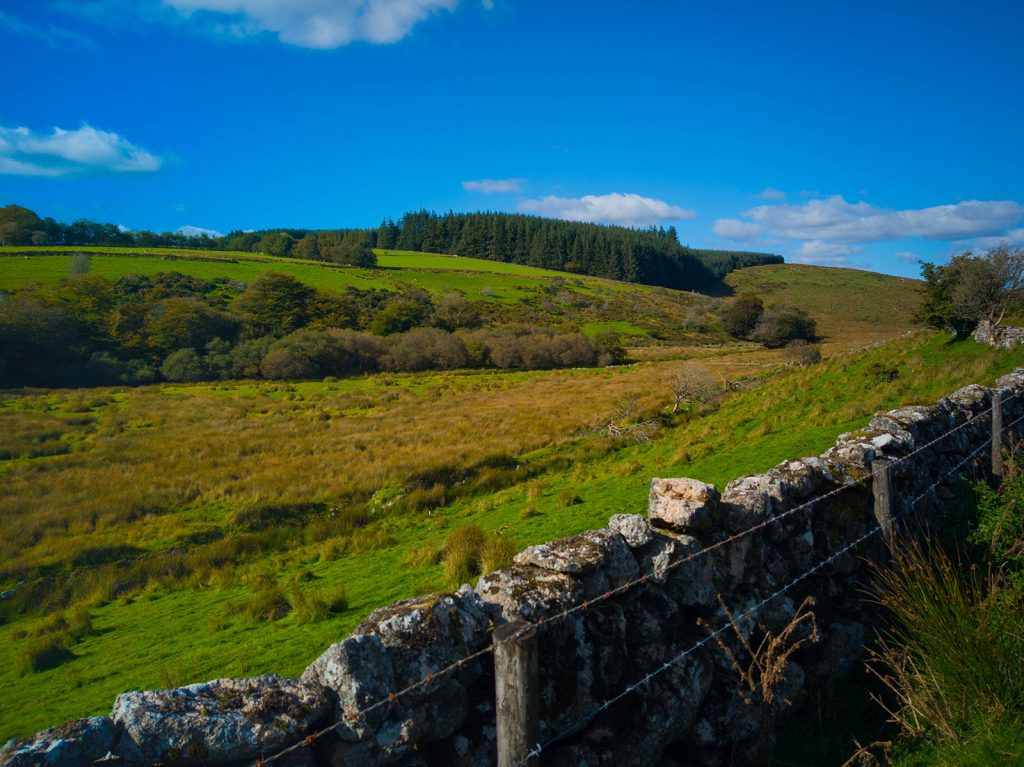
If you have any experience of wild camping in this area of the UK, please share your stories with us – we would love to know what other people think of Dartmoor National Park.

